Dr. Thomas Lendvay, Tend: Harnessing Our Gut Microbiome Superpower
By Rob Dillard - Last Updated: April 27, 2023DocWire News recently spoke with Dr. Thomas Lendvay, Co-Founder and Chief Medical Officer of Tend, a company dedicating to unlocking the “healing superpower” of the gut microbiome through state-of-the-art devices, and comprehensive data.
DocWire News: Can you provide us with some background on yourself, and the company, Tend?
Dr. Thomas Lendvay: Yeah. So Tend was founded in March of 2020. Two other founders and me spun it out of the University of Washington. I’m also faculty at the University of Washington, a professor of urology and a pediatric surgeon at Seattle Children’s Hospital and I am now the chief medical officer of Tend.
Can you talk to us about the company, and why you co-founded it.
Yes. Through my multiple years of taking care of patients, I’ve identified that we prescribe antibiotics or chemotherapy, and these things tend to disrupt the healthy intestinal microbiome, which is the bacteria that lives within us. I saw a number of children who actually got a very severe intestinal infection called Clostridium difficile as a consequence of the antibiotics basically killing off the bacteria that make for good balance in the intestines. When I looked into how can we take care of patients who have this severe intestinal infection? It became obvious from doing a literature searching and understanding the science that the most effective way to manage patients who have this is through a microbiome transplant. Effectively giving healthy microbiome to a person who has Clostridium difficile.
We’re not talking a small number. This is half a million Americans have this intestinal infection as a consequence of their antibiotics or chemotherapy, and it kills over 30,000 people each year in the United States at a cost of over $5 billion in the health industry to take care of these patients. The problem is that the microbiome transplants, which is also called fecal microbiota transplant or FMT, these are not easy to administer. It’s not easy to standardize the processing of the samples, and thus people don’t have access to it. Many clinicians can’t provide this to their patients and yet it’s the most effective treatment for recurrent infections, Clostridium difficile infections.
What’s the overall mission of the company?
Yeah, our mission is to improve the understanding of as well as access to our gut microbiome superpower. So we all have this wonderful forest basically of bacteria, and viruses and fungus within us that are there for a purpose. To help us digest foods, to help us actually with our mental state, believe it or not. There’s what’s called a gut brain access and helps a lot of other activities, including the immune system function. When we throw the atomic bombs against it, which are the chemotherapy and antibiotics for other reasons, obviously we need those for many reasons, cancer and infections. We are destroying this balance that we’ve created over years and years. The problem is we don’t understand how to make it work better. We don’t understand how the microbiome transplants necessarily improve people, but it’s highly effective.
More than 90% effective for patients who have recurrent Clostridium difficile infections and what our company is trying to do is put the understanding with the intervention. So being able to analyze somebody’s microbiome before they get a transplant, and then after their microbiome transplant to see what inside the donor may have helped the recipient and basically learn over time with that patient how they’re doing. The problem is, is that there isn’t an easy way to give patients the transplants.
So the other part of our mission is to provide clinicians with an easy way to process a sample for a microbiome transplant. Right now in the United States the majority of these are done through colonoscopy, which is an invasive procedure. It requires sedation. People who are already frail from infections, these recurrent Clostridium difficile infections now have to undergo this invasive procedure. It requires a number of specialists to do and there are already lots of papers showing that you can actually take these by an oral capsule to have the same effect. Most clinicians have no way of doing that type of processing of the samples to get it into capsules. It’s very laborious, time intensive and we have a device that can very seamlessly make this microbiome transplant processing easy. We’re talking about taking a procedure, a process that takes multiple hours sometimes a day or half a day to do, down to five to 10 minutes.
Talk to us about the device in question.
Yeah, sure. So the question is about the device. The way the device works is a sample can be obtained from a healthy donor and processed into multiple capsules that can be put in a freezer or given to the pa… Used at a later date for recipients or sick patients or used at that same time. Right now the processing, it’s not standard. This is another problem with our whole environment of taking care of these patients is that everybody does something differently. What our device does, it creates a standard where there’s kind of the same amount of material that’s used in every capsule. The sample itself is well mixed and filtered and that you aren’t having to rely on multiple different processes to do this. It’s one device that does it all.
The only thing you would adjust is the clinicians can decide how much they want to give. How many capsules did they want to give and it’s all at the discretion of the clinician. We’re not a therapeutics company. All we are doing is improving the workflow for these clinicians to be able to give access to this really impressive superpower healing process.
What are the next steps, and milestones for this device?
So our next steps and milestones for the device is that we are currently involved in clinical trials with our device, some here in the United States and then also overseas. What we are looking for is to show that samples processed with our device into capsules that are then given to patients with recurrent Clostridium difficile infections improve. At the very least, we want to make sure that they are improving on par with kind of the current workflows. But now we have a process that’s standard and very fast and inexpensive. So we believe that we can supplant what’s going on elsewhere and how people are taking care of these in patients today, and also expand the number of clinicians who can provide this. So the milestones of making sure the clinical trials are successful is the big milestones for this year.
Any closing thoughts?
Yeah. I think that anybody who opens a newspaper or gets online can see now there’s more and more about how the microbiome, how this living organic changing environment within us of bacteria, and fungus, and viruses impacts our health. I think every year we find out that the microbiome within our intestines drives many processes and many functions within our bodies. Over the years, we have really kind of destroyed a lot of that through diets, and antibiotics and chemotherapy and we are now in a position where we understand as healthcare providers, we understand that we need to basically go back to nature. We need to find out and really take advantage of all this research and development that the nature has been doing within us for millions of years.
So we believe that we can, through the understanding of what’s in our microbiome as well as our device to help with the clinicians with the intervention of microbiome transplants, can really expand into many people’s lives this gut superpower. So we are really excited. We think that the winds are behind our sails because every day there are new studies coming out showing how the microbiome impacts our health. I believe personally, as a pediatric surgeon, that how we approach and interact with our microbiome is going to be a top two or three major paradigm shift in healthcare in the next five to 10 years.
We are going to treat diseases, not with chemicals made by pharmaceuticals. We’re going back to nature and we’re going to just figure out how to kind of modulate this wonderful evolution that’s already happened within us.

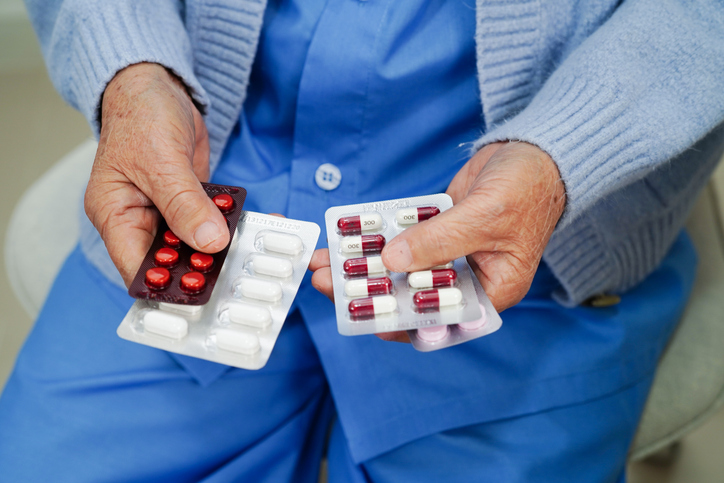
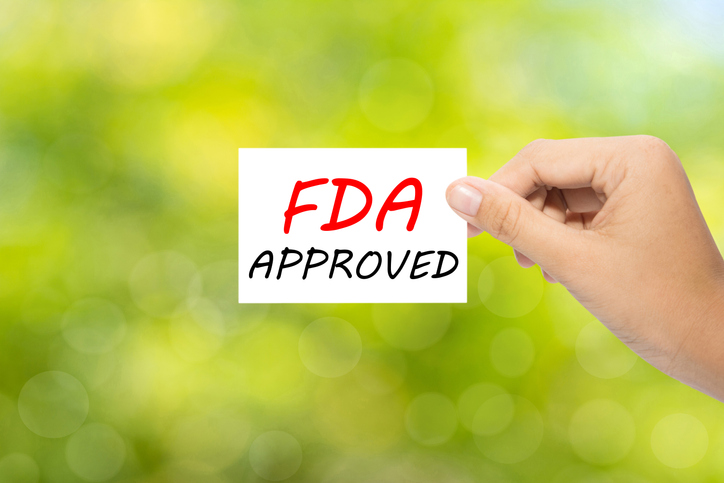
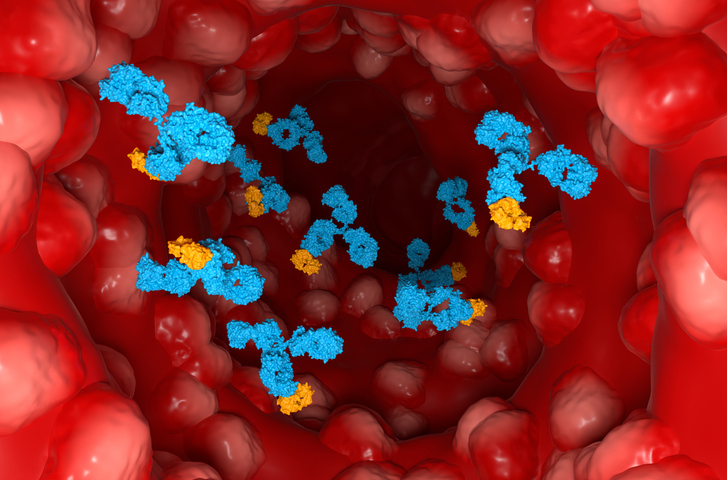
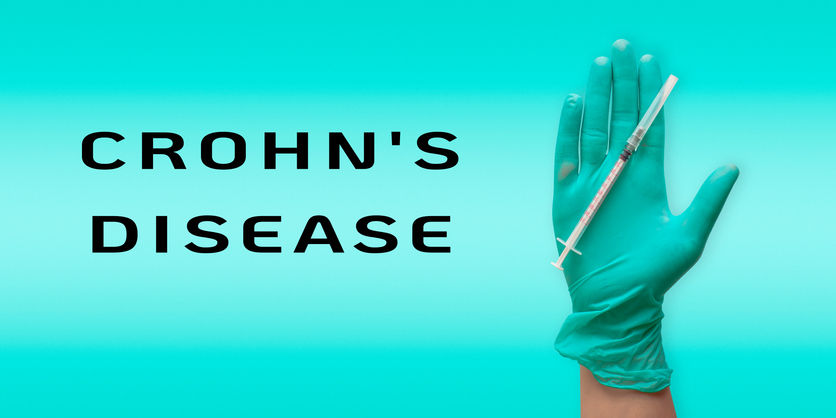
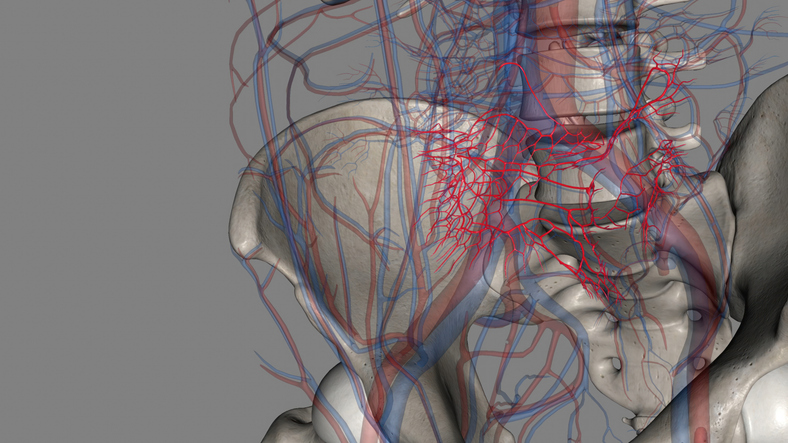

 © 2025 Mashup Media, LLC, a Formedics Property. All Rights Reserved.
© 2025 Mashup Media, LLC, a Formedics Property. All Rights Reserved.